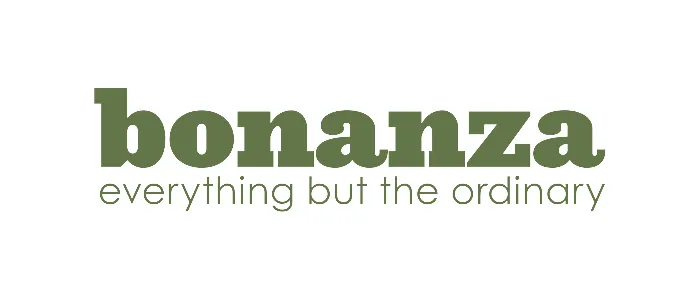According to Digital Commerce 360’s report, the top online marketplaces in the world sold over $2 trillion in 2019, accounting for 57 percent of global site revenues.
With the rise of marketplace transactions, small business owners are faced with a dilemma: do they sell on online marketplaces or not?
When it comes to running an online company, there are hundreds of online sale sites to choose from. Some are specialized in a particular field, such as video games or technology. Others encourage retailers to sell anything from clothes to books to furniture and everything in between.
Although there are some advantages to selling online through marketplaces, commissions and transaction fees appear to discourage sellers from joining.
We’ll go over some of the best online selling sites, the advantages of starting your own online store, and how using both will help you attract new customers and increase sales in this guide.
Explore this guide
- Building your own store
- Top US online selling sites
- Local online selling sites
- Best global online selling sites
- Finding the best ways to sell stuff online
- Online selling FAQ
Building your own store
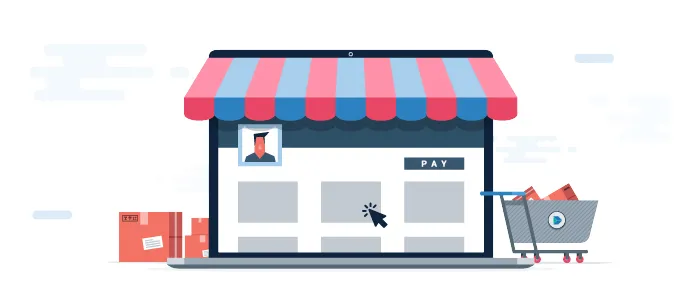
Starting an online store can appear to be a difficult challenge, but when done correctly, it can be satisfying and extremely profitable. The only disadvantage is that you must advertise your own company and attract visitors to your website. Building a brand takes time as well.
The main benefit is that you keep all of the profits. You don’t have to pay endless fees on each sale or follow any rules other than your own. If this sounds appealing, here’s how to build your own website from the ground up.
Also Read: WooCommerce vs. Shopify: Which is Best eCommerce Platform for You?
Shopify
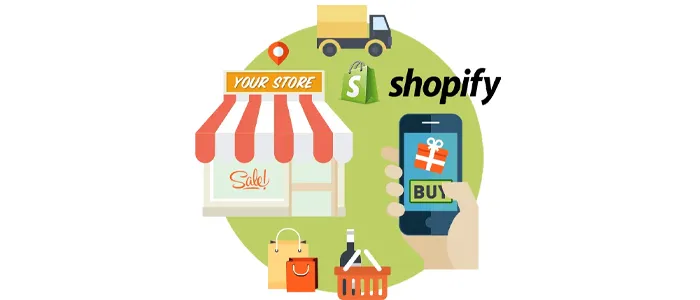
Shopify is the simplest and most reputable way to start a company. Shopify makes it simple to get up and running as an eCommerce site, even if you don’t have any technical experience or a large budget. Shopify has over one million customers and is recognized for its low prices, skilled designs, and helpful marketing tools.
You can choose from over 100 templates with built-in features if you want to create a Shopify store. You get your own website, forum, SSL certificates, abandoned shopping cart recovery, and several other beginner-friendly marketing resources for a small monthly fee of $29 per month. You can sell items on your website as well as on different marketplaces such as Amazon and eBay, and create customized shopping experiences that result in more sales.
There are also over 4,000 free Shopify applications you can use to enhance the functionality of your site and sell online. To get started, use our Shopify Store Launch Checklist.
Also Read: Shopify Vs Magento – Which One Is Suitable For You?
Top US online selling sites
These marketplaces are common among online sellers looking to make some extra cash by selling any item:
- Amazon
- eBay
- Handshake
- Bonanza
- Ruby Lane
- Etsy
Chairish
Swappa
Amazon

It’s no surprise to see Amazon on a top online marketplace list as global eCommerce revenues continue to increase. Amazon, the world’s largest eCommerce group, recorded $96.1 billion in sales in the third quarter of 2020, up 37 percent from the same period the previous year. According to reports, Amazon sells over 400 items per minute, supplying sellers with a ready-to-buy audience.
How did Amazon become the most popular online marketplace?
People have come to rely on Amazon and the products they purchase from its marketplace. Amazon is known for vetting vendors and removing counterfeit goods. Amazon Prime can also deliver goods in as little as one day (in some areas). People enjoy it because it has great prices and discounts, which is why they continue to do their online shopping there.
The cost of selling on Amazon is determined by many factors, including your schedule, product type, delivery strategy, and other factors. A Skilled seller package costs $39.99 per month at the very least (plus the additional selling fees mentioned above). If you want to sell more than 40 units a month, promote your products, qualify for top placement on product description sites, and use advanced selling resources like APIs and reporting, this plan is for you.
Also Read: 9 Best WordPress SEO Plugins For Your New Website
Overall, if you want to reach a large, global audience, Amazon is a good online marketplace to sell on.
eBay
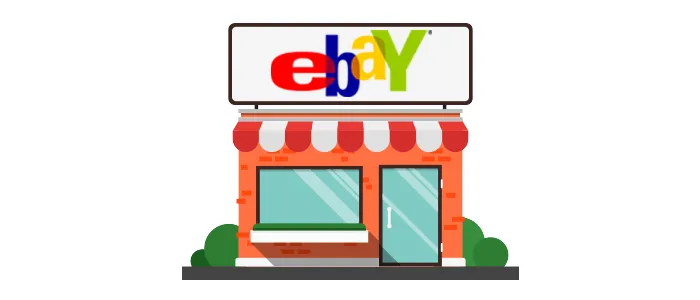
You’ve probably come across eBay at least once in your life. It’s the first online selling location, having launched in 1995. According to the most recent eBay figures, the site has over 1.3 billion listings and 182 million users worldwide.
You can sell anything on eBay, from commonplace things like shoes and watches to unusual items like popcorn-scented pillows, bottles of air, and antique 1970s hand chairs.
Consider eBay’s sale fees if you want to sell on the site. It charges a non-refundable listing fee for each commodity, as well as an inclusion fee if the same products are included in two separate categories. It also levies a final value fee (usually between 10% and 12%), which is measured as a percentage of the total selling price, including any shipping and handling fees.
Similar to Amazon, eBay has a large audience to which you can sell quickly, and it can be a valuable addition to your online store’s sales channel.
Handshake
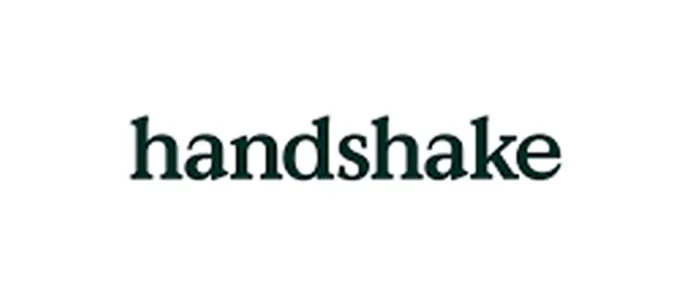
Handshake is a wholesale marketplace that makes it simple for manufacturers and retailers to interact. In categories like exercise and yoga, jewelry, pets, and food and beverage, you’ll find exclusive, non-mass-produced items to sell. The Handshake team selects each supplier by hand.
Handshake is used by both online and brick-and-mortar retailers. Apply to sell on Handshake if your company sells exclusive goods in bulk (or if you want to sell wholesale).
What’s the best part?
Handshake has a Shopify integration. Unlike conventional wholesale marketplaces, which require manual upkeep and one too many CSV uploads and excel sheets, the integration allows wholesale creators to manage inventory, monitor sales, and fulfill orders all in one location.
Bonanza
Bonanza is a Seattle-based online marketplace that is rapidly expanding. It’s a relatively new buy-and-sell platform, but it’s quickly becoming a common eBay substitute. According to SimilarWeb, the app gets over 5.1 million monthly visits and allows you to sell almost everything.
Consider Bonanza to be a cross between Amazon and eBay. Bonanza has more one-of-a-kind and handmade pieces for sale than eBay, but fewer branded brands than Amazon. You can sell the most recent Nike Air Max model or a one-of-a-kind copper necklace, for example, and find active buyers for both. Buyers can add items to their cart for a fixed price or use the app to negotiate a deal with you.
Also Read: 15 WordPress Website Design Tips
You will not be charged anything to list your items on Bonanza’s website. After you sell, it just costs a small percentage of the final selling price. Since many Bonanza sellers already have online shops, you can integrate Bonanza with platforms like Shopify to make it easier to manage and sell items.
Ruby Lane
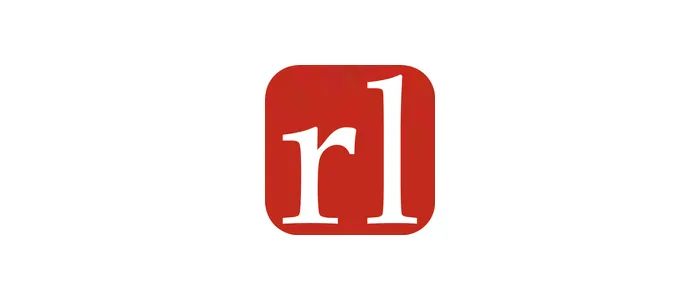
Ruby Lane is a newer online marketplace for antiques and vintage products, but it’s giving Etsy a run for its money. In a survey conducted by EcommerceBytes, Ruby Lane was voted the best selling location for 2019. For categories such as antiques and collectibles, vintage and paintings, dolls, and jewelry, selling on Ruby Lane gives you access to highly targeted buyers.
Fees and payments are also simple to understand. It’s completely free to create an account and lists your items. However, you must pay a $54 monthly maintenance fee for up to 50 pieces. The fee increases as you list more things on the website. In addition, Ruby Lane charges a 6.7 percent service fee, capped at $250, based on the total purchase order.
Also Read: The Ultimate Guide To WordPress Permalinks
Ruby Lane is a good place to communicate with passionate customers, whether you own an antique and collectibles shop or just want a platform to sell things on.
Etsy
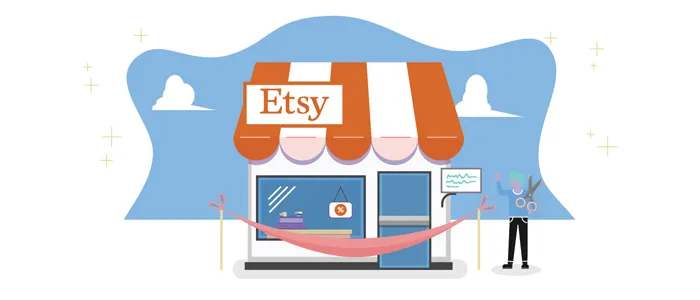
Etsy is the place to go for handcrafted and antique goods. Maker-developed manufactured products were added to the marketplace in 2015, but only for a limited number of accounts. Etsy had over 60 million customers as of Q2 2020, making it a profitable way to start selling online.
Each item you sell on Esty will be charged a $0.20 listing fee. Every four months, listings expire. You’ll be paid an extra $0.20 if your item doesn’t sell and you renew the listing. You’ll be charged a processing fee of 5% of the show price, plus the amount you charge for shipping and gift wrapping when you make a sale.
Etsy can be a great place to sell your things if you’re new to online selling. You’ll have access to an active customer network, a pop-up shop, and marketing resources to help you promote your company on the platform.
Chairish
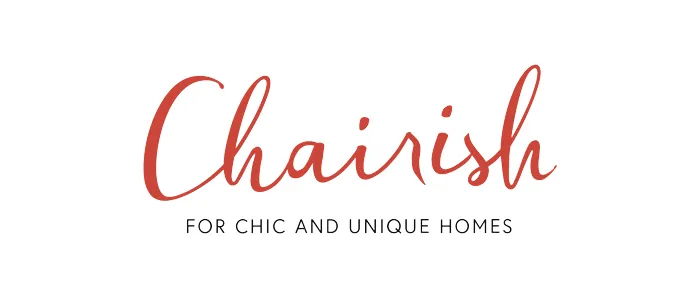
Chairish is an online consignment store specializing in high-end home furnishings and accessories. It only takes a few minutes to list an item (for free) on Chairish, and depending on your seller package, you get back between 70% and 80% of the sale price.
The best part about Chairish is that it’s completely free unless you upgrade to the Elite package for $149 a month. You list your products, and then Chairish’s curatorial team looks at them to make sure they meet the marketplace’s requirements. Then they edit and publish your product images for you. When you sell on Chairish, they also manage delivery, so you don’t have to think about logistics.
This is a good marketplace to use if you have design-oriented furniture or home decor to sell online. It will put your company in front of the right collectors and customers easily, allowing you to make more sales online.
Swappa
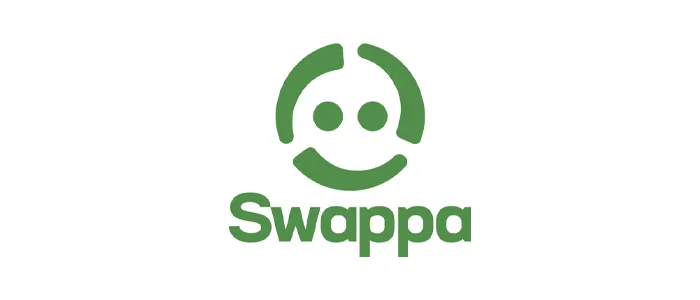
Do you have an old iPhone X that you’d like to get rid of? Or a Nintendo Switch you haven’t used in a while? Swappa, a reputable buy and sell website for phones, tablets, cameras, and more, will help you turn your technology into cash.
Swappa is legitimate because it thoroughly vets the items that are offered on the platform. It doesn’t allow junk products, so everything you sell has to be in good working order, and PayPal protects each payment.
There are no costs associated with creating a listing, but you can pay $5 to have your items featured (similar to an ad).
Swappa only charges flat fees that are included in the listing price.
Also Read: What Are the Different Types of SEO and Why Is it Important?
When you sell something, the buyer pays the fee along with the order. Swappa charges some of the lowest rates in the industry. Swappa, for example, will only charge the buyer $15 if you sell a $350 phone.
Local online selling sites
Here are the top free online selling websites to sell stuff locally if you plan to sell in your community:
- Facebook Marketplace
- Craigslist
- Nextdoor
- VarageSale
Facebook Marketplace

Facebook Marketplace is a place on Facebook where people can find, purchase, and sell products. Every month, more than one-third of the population visits Marketplace, providing a significant opportunity for sellers to meet a large audience. It’s absolutely free to list, and there are no fees charged by Facebook, but there are some rules to follow if you want to sell on the site.
Facebook has also partnered with platforms such as Shopify to allow merchants to display their inventory, advertise products, and find new customers.
Craigslist
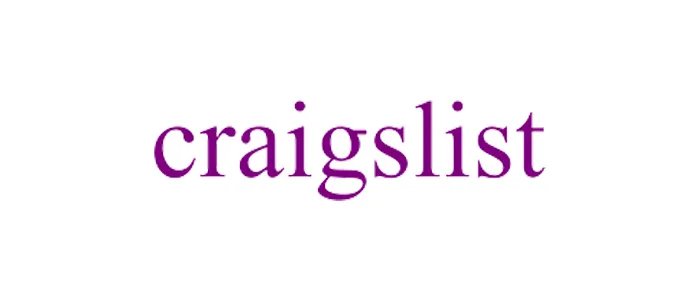
Craigslist was one of the first online marketplaces. Craig Newmark started it in 1995 as an email distribution list for friends to share local activities in the San Francisco Bay Area. It soon evolved into a web-based marketplace, and it has since spread to 700 cities in 70 countries. It’s free, easy, and straightforward. It’s basically a large local forum with a lot of information.
Craigslist is an online platform with a higher level of risk. Scams can easily occur due to the platform’s “hands-off” approach to buying and selling, and if they do, you won’t get any support from the business.
Craigslist, on the other hand, is a popular trading platform for local buyers and sellers who prefer to meet in person to complete a transaction.
Nextdoor
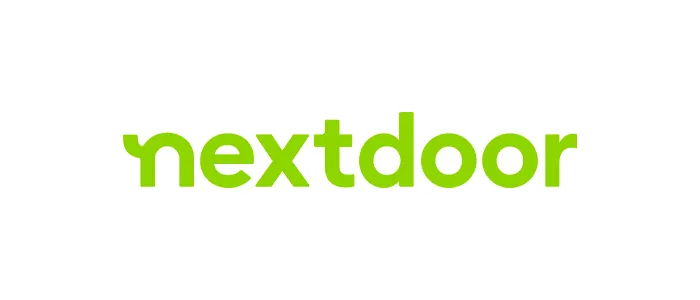
Since it focuses on group sales, Nextdoor is close to Facebook Marketplace and Craigslist. Nextdoor also helps people feel like they have a “good neighbor” by allowing them to post about what’s going on in their area, whether it’s traffic delays or restaurant recommendations. It serves as the focal point for any given field.
Nextdoor also has a free online marketplace where you can sell your products. There are no listing fees, and you must meet buyers in person, similar to Facebook Marketplace. It also feels better because you must first create an account before using the platform.
VarageSale
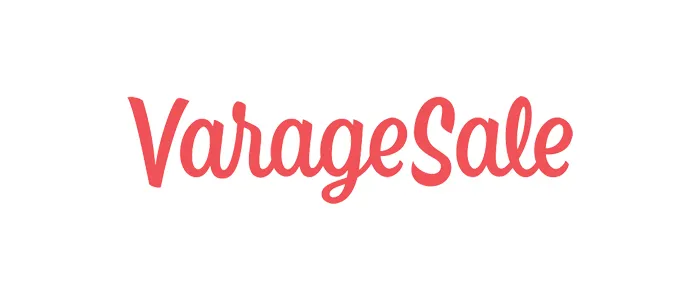
VarageSale is a virtual garage sale app that allows you to buy and sell products. It was founded in Toronto by a former elementary school teacher who was fed up with fraud and false listings on other classified websites. VarageSale user profiles are focused on real identities, and before you can buy or sell, you must go through a manual review process.
Before making a purchase, buyers can look at seller reviews and message them to communicate. They will use the app to ask questions, make purchases, and plan pick-up. On VarageSale, people sell everything from furniture to clothes to shoes and more. Members can also purchase and sell for free on the app.
Best global online selling sites
If you want to sell to a global market? Here are the best online selling sites from around the world:
- AliExpress
- Taobao
- OTTO
- Rakuten
- Mercado Libre
- Flipkart
- MyDeal
Also Read: How to decide between Magento Community vs Magento Enterprise Edition?
AliExpress
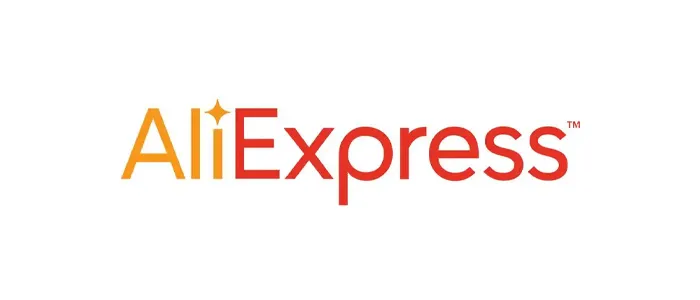
AliExpress, Alibaba’s cross-border eCommerce marketplace, was established in 2010 and now has users from over 230 countries and nearly 20 million daily visitors. If they are producing goods or introducing an AliExpress dropshipping concept to their online store, users of the platform may sell to individuals or businesses.
Depending on the product segment, AliExpress takes between 5% and 8% of commission fees from each purchase. There are no other costs associated with selling on the website, such as overhead or contract fees.
Taobao
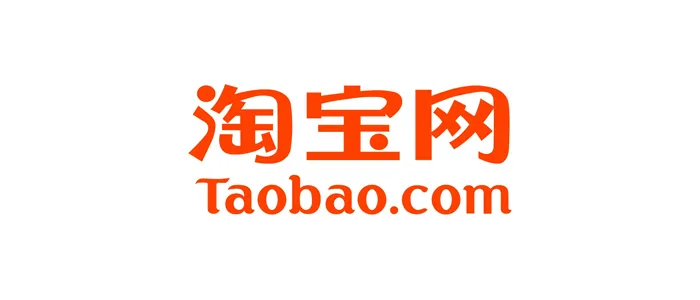
According to research from Digital Commerce 360, Taobao started as an online auction platform similar to eBay in 2003 and has since grown to become the world’s largest online marketplace.
Taobao had over 70 million MAUs as of September 2020 and had transacted more than $526 billion in gross merchandise value in the fiscal year 2020.
OTTO
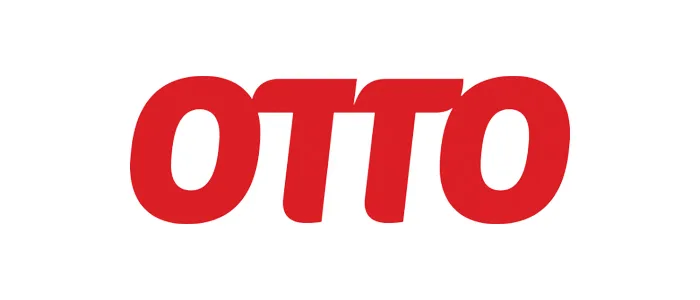
Otto is Germany’s second-largest online marketplace, focusing on apparel and lifestyle products. By 1959, it had grown from a postwar mail-order business selling just 28 styles of shoes to a brand of over 1,000 employees and a $61 million annual turnover.
Over 90% of OTTO’s products are now available online, including branded items as well as items from third-party retailers. With nearly 9.4 million active customers, the marketplace is only second to Amazon in the world.
Rakuten
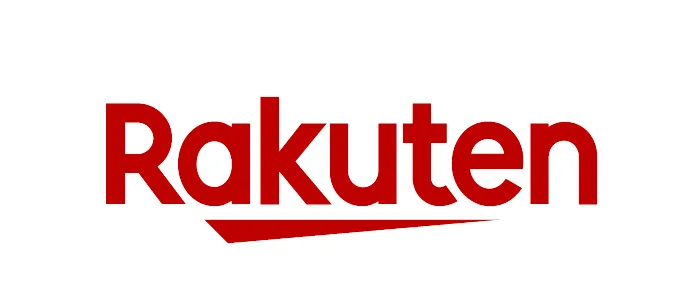
Rakuten is a major Japanese marketplace that offers eCommerce, banking, communications, and other services. Despite the fact that PayPay Mall receives more monthly traffic, some reports say that Rakuten is the market leader in terms of revenue. You can sell in a variety of product categories, such as clothes, books, sports, subscription boxes, and more, just like on Amazon.
Rakuten now has over 50,000 merchants and 115 million customers worldwide. Businesses who want to sell on Rakuten must be licensed in the United States or Japan; otherwise, you’ll have to apply via a service partner.
Also Read: How to create quality content for social media
Mercado Libre
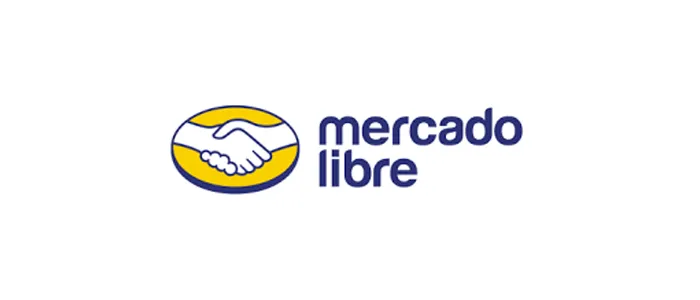
Mercado Libre is Latin America’s most popular eCommerce marketplace, with over 18 countries served, ranging from Mexico to Argentina.
According to Mercardo Libre’s latest investor study, the brand’s combined sales (eCommerce and Fintech) exceeded $4.3 billion in Q3 2020. In the same quarter, it produced over $18.2 billion in gross merchandise volume and sold nearly 600 million products. On the website, sellers will sell a variety of goods from 20 key categories and 123 subcategories.
Flipkart
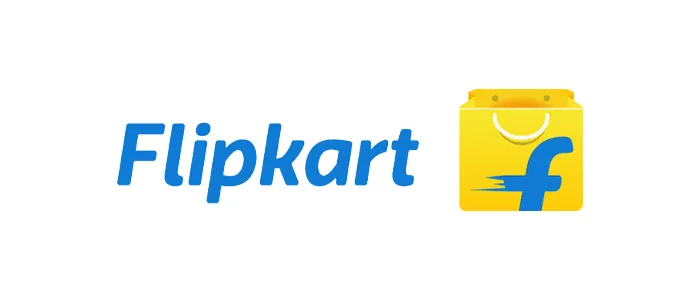
Flipkart began as an online bookstore in 2007 and has since grown to become India’s largest online marketplace. Market elections, apparel, home essentials, grocery, and lifestyle goods are among the items that retailers can sell on Flipkart.
Flipkart, a Walmart-backed rival to Amazon, continues to lead India’s eCommerce market share. According to recent reports, Flipkart accounted for 66 percent of all gross merchandise value recorded by eCommerce firms during the mid-October to mid-November 2020 holiday season. Flipkart is the best online selling platform for your company if you want to enter the Indian market.
MyDeal
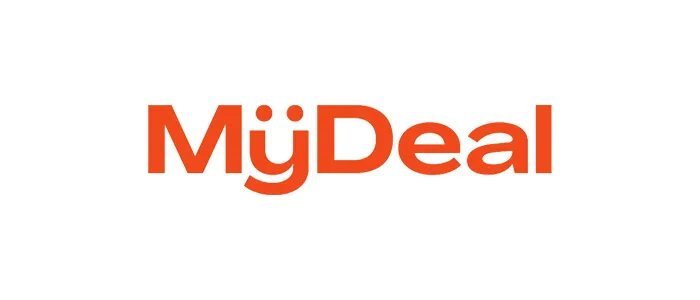
MyDeal is an Australian online marketplace with over one million items in 3,500 categories and over 5.4 million monthly users. It’s purely a marketplace, which means it doesn’t sell its own goods and instead relies on third-party vendors.
Although you can sell goods in a variety of categories on the platform, furniture, homewares, and other large items are the most common. Sellers must arrange their own delivery or use an outside logistics company because MyDeal does not provide distribution services.
Also Read: Why Choose WordPress for your Business?
Finding the best ways to sell stuff online
If you’re running a dropshipping store or selling custom items, every online business owner should look into different online selling sites. They may sometimes assist new companies in getting off the ground by providing a built-in audience of committed customers as well as marketing opportunities.
In any case, it’s critical not to rely solely on online marketplaces. To develop your brand, communicate with customers, and keep more money, you’ll want to open your own online store. You can avoid paying commissions and fees to each online sale site and focus on growing your company over time with a digital home base.


